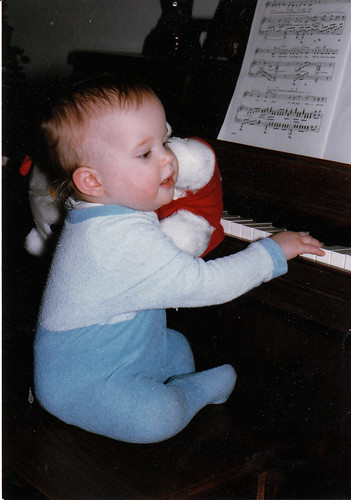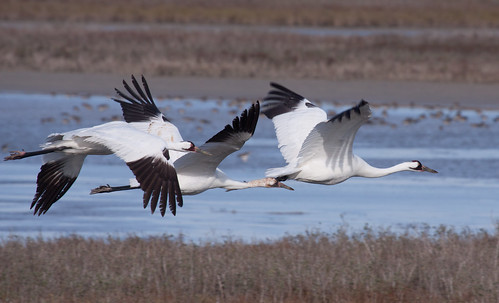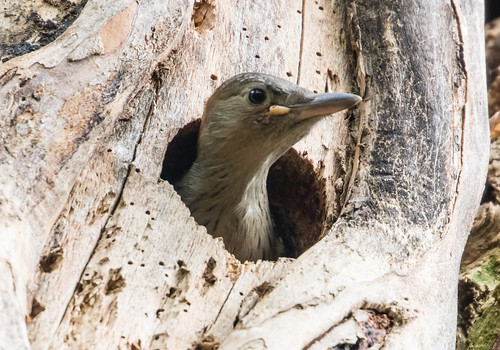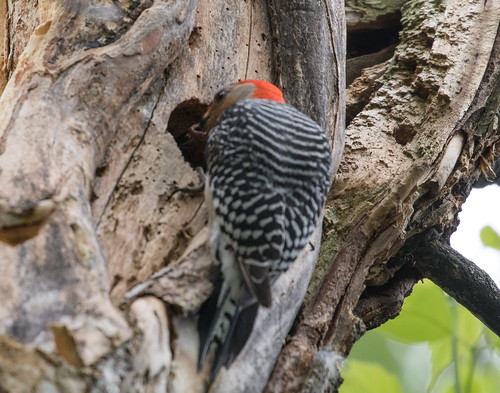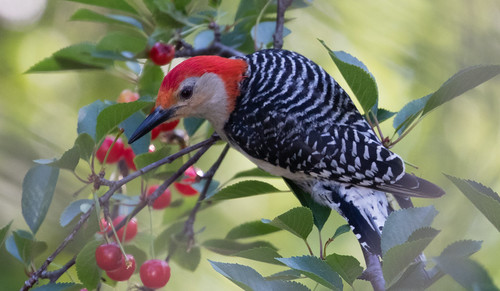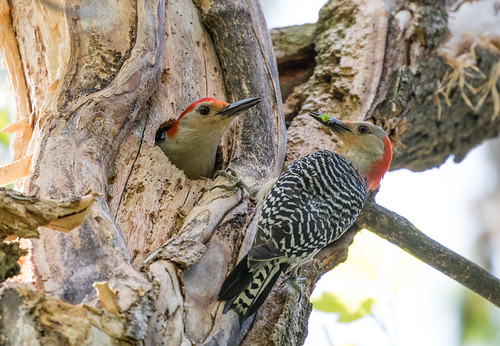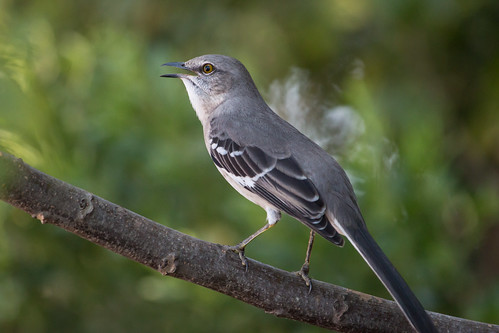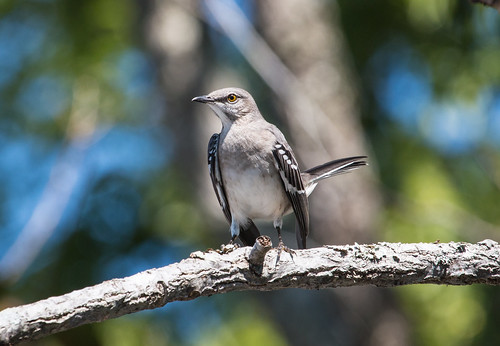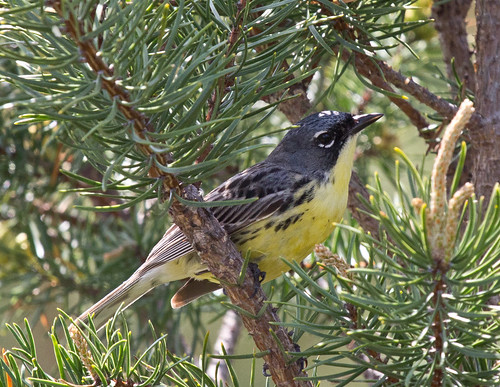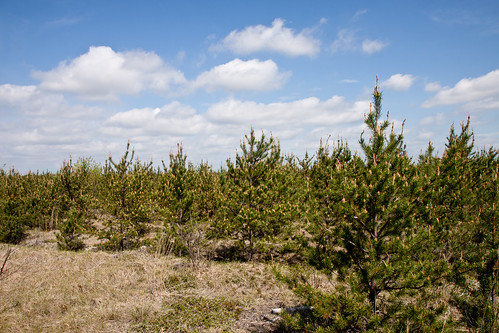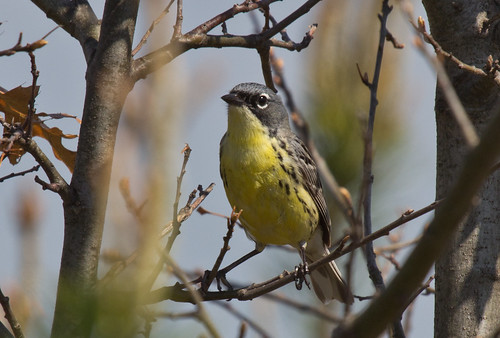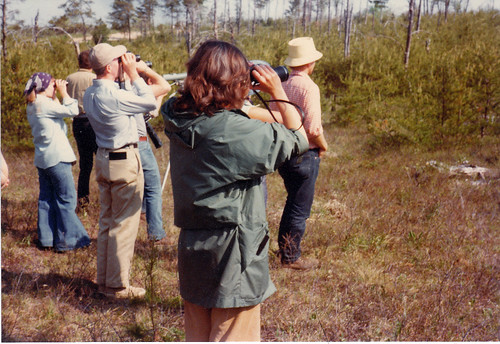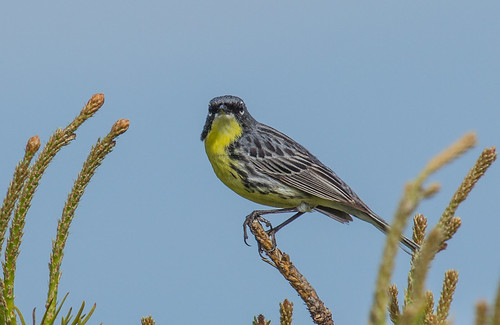In 1918 or so, a young soldier was killed in World War I.
His little brother, living in my neighborhood, planted several spruce trees as
a living memorial. In 1981, when I was walking down Peabody Street hoping to
find a house for sale, I fell in love with one of those trees. I had no idea of
its history or anything—I simply fell in love with its magnificence, towering
over the neighborhood. It was in the backyard of a little house with a for sale
sign, so 35 years later, here we are.
That tree’s sheltering branches have held all manner of
birds, from owls to crossbills. My children ran around the trunk. I gazed at it
from my home office window. It’s been a solid presence in my daily life for 35
years.
And then in a heartbeat, or, rather, a 90-mile-per-hour gust
of wind, the tree crashed to the ground, uprooted. The storm at 3:30 am
Thursday caused a huge swath of damage throughout much of Duluth, leaving over
a third of the city without power. I’m writing this on Sunday, Day Four of the
disaster, and we’re still without electricity. Minnesota Power said power might
not be back in my neighborhood, part of the “epicenter,” until late Thursday,
over a week after the storm. They’ve brought in crews from as far as Missouri,
but the disaster is more widespread than anything they’ve dealt with before.
The spruce fell from northwest to southeast, diagonally,
filling much of the backyard. It fell directly on the power line—there was no
way it could have missed that—yet missed the house and even my bird feeders. I
like to think that in a final act of courage, the tree fell that way on
purpose.
We’re going to use the bottommost section of trunk to make a
solid little table for me, and I want to keep the very top branches. I’m not
surprised at how bereaved I feel—when we were little girls, my sister and I
used to skip around the two elm trees in our yard outside Chicago. One
“belonged” to her, one to me. Hers developed Dutch elm disease and had to be
removed, and then mine was struck by lightning the same summer. Our front yard
was never the same again.
The sixth grade boy next door was devastated that a tree
across the street crashed down in the storm. He remembers putting his arms
around the tree when he was little, and it’s provided an important hiding place
for him when playing Nerf Wars with his best friend. He told me that a lot of
people think trees are just trees, but “people like us know better.” That’s the
thing about storms—they take us out of ourselves and bring people together,
whether to help each other or to grieve together.
This power outage is helping me notice which energy uses I
don’t miss and which are vital. Temps reached 93 here on Thursday and 96 on
Friday. It wasn’t as horrible as it could have been—we’ve never had air
conditioning, and have always been good at cooling down the place at night and
closing it up tight in the morning. But our stove is electric and our on-demand
gas water heater works with an electric operating system. We’ve been buying a
couple of large blocks of ice every day, but this has gone on too long and most
of the food in our fridge and freezer is no longer salvageable.
I’m doing just
fine without TV and am using my phone for an internet hotspot, but no TV is
such a loss for my 97-year-old mother-in-law who has short-term memory
problems, so keeps forgetting why she can’t watch Jeopardy, Wheel of Fortune,
or our evening lineup. One morning she prepared her coffee with cold water—the
poor thing couldn’t understand why the coffee was cold and tasted horrible and
was shocked all over again when I told her we were having a power outage so the
kettle doesn’t work. I’m grateful she’s not on a c-pap or other electrically
run support system, but many people are.
A few
of my friends who live in the country boast about how they’re “off the grid” even
as they depend on backup generators and wood burning stoves that are far, far
less energy efficient and more polluting per kilowatt produced than electricity
produced by the power company, and contribute to climate change just as badly. Somehow
we need to face these problems together, as a community, all of us recognizing
our dependence on some kind of energy and how we personally contribute to the
problems and must be part of the solution. But right now I’m yearning for an
ice cold drink and mourning my tree. I’ll think about solving the world’s
problems tomorrow.


